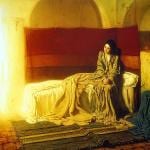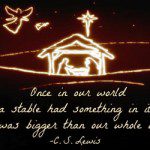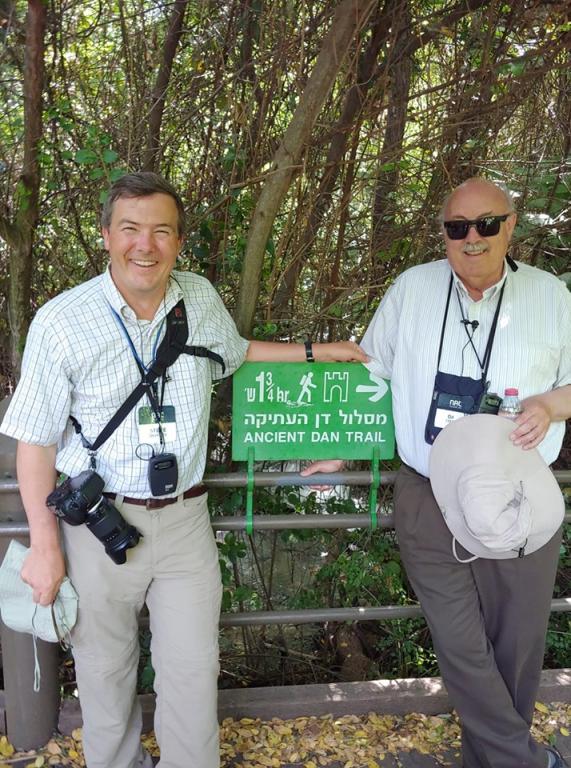
I’ve been busy enough with the Unbearable Cuteness of Being and other distractions here that I’ve neglected mentioning an article of mine that appeared in Meridian Magazine roughly a week ago: “The Challenges and Triumphs of Biblical Archaeology.” I think that it may possibly rank as not quite the worst thing ever published.
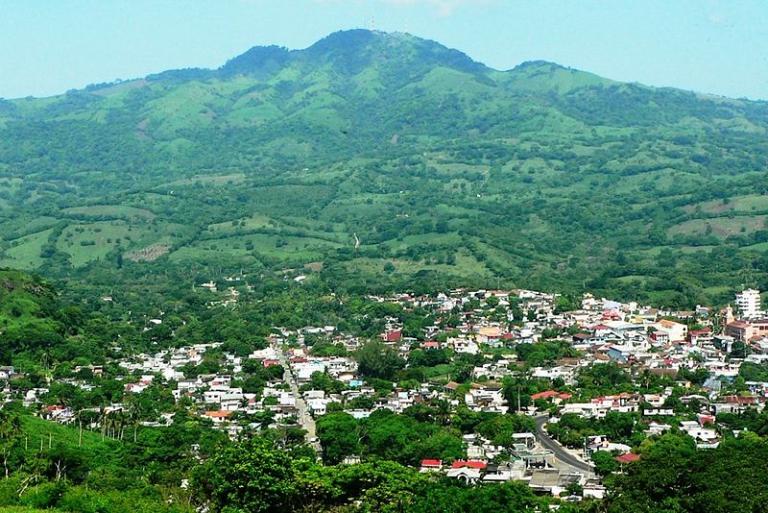
(Wikimedia Commons public domain photograph)
I’ve been very occasionally reading Richard Lyman Bushman’s newest book,
Anxiety about fallible human influence on scripture-making was absent from the Book of Mormon. A book whose origins were enshrouded in miraculous events was surprisingly at ease with historical influences on the actual production of scripture. Although Joseph Smith had no known connections with German biblical scholarship, his translation depicted scripture as emerging from specific historical circumstances and consisting of texts stitched together by a later editor much as the German scholars envisioned the origins of the Bible. While the text of the Book of Mormon insists on its privileges as inspired writing, readers of the Book of Mormon are permitted to view the very human process by which the text came into existence. It was a conglomeration of texts just as the new critics claimed the Bible was. Mormon, the general editor, took pains to explain exactly where the various elements of his book came from, making clear that the Book of Mormon consisted of the writings of various prophets and leaders going back through time and recorded on various plates. The book does not even shy away from the possibility of human errors creeping into the text. The Book of Mormon’s title page warns that “if there be fault, it be the mistakes of men,” pretty much summing up the Unitarian view of holy writ.
The Book of Mormon and the higher criticism both returned scripture to history. The essence of the German critical approach was to imagine Biblical authors as writers grounded in concrete cultural and historical circumstances. Eighteenth- and nineteenth-century Bible critics read the book as they would any historical document, discerning the influences of its times on its production. Book of Mormon writers followed the same pattern. In the book’s pages, the scriptures are a human production: minds writing under heavenly influence but in particular historical circumstances, diligently inscribing events and inspiration on plates made by human hands.
Alike as humanistic scholarship and the Book of Mormon were, however, the two actually pointed in opposite directions. If the thrust of German scholarship was to turn holy scriptures into human history, the Book of Mormon did the reverse: it turned history into holy writ. The biblical critics said little about how texts edited, blended, and revised by human editors rose to be treated as the word of God. The Book of Mormon offers itself as an example of that elevation. It reveals how a record kept as a history was in time transmuted into scripture. (32-33)
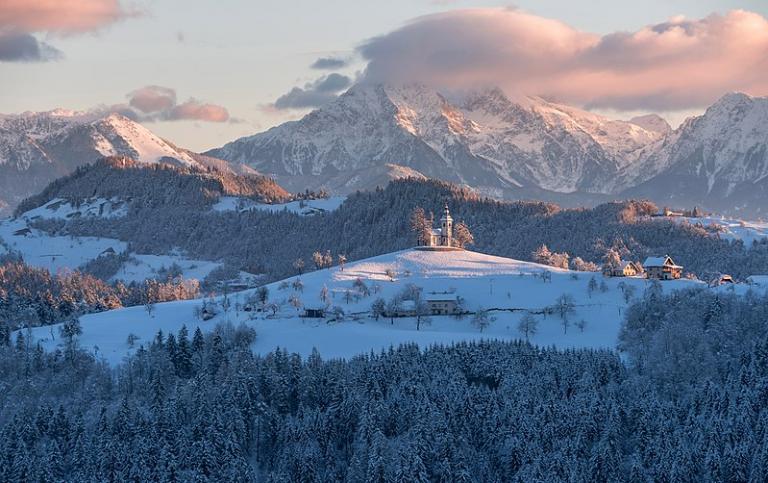
More than any other kind of landscape on earth, Alpine scenery such as this strikes me as a foretaste of heaven. And I love its music.
One of the suggestions that President Russell M. Nelson offers in his book Heart of the Matter: What 100 Years of Living Have Taught Me (Salt Lake City: Deseret Book, 2023) is that we make daily entries in a kind of “gratitude journal,” that (in other words) we be deliberately conscious of the things for which we are and/or should be thankful. I’ve heard the suggestion before but, this time, I’m going to try to act on it. Although some will show up here, not all of my entries will appear on this public blog. In fact, probably the overwhelming majority will not. Why? Many of them will involve matters that are and should remain private — and particularly so since, in my particular situation, I have a small but dedicated coterie of public detractors and anonymous private, umm, “correspondents” who would, sooner or later, seek to weaponize such expressions. (This is the same reason for which I often withhold from these blog entries not only the names of my children and grandchildren — of course — but also the names of friends and of people with whom I interact, if they aren’t already publicly known; these innocent people don’t deserve to be targeted simply because they’ve been associated with me.)
In any case, Franz Biebl’s exquisitely beautiful setting of Ave Maria (about which I posted yesterday) would certainly count as something for which I’m grateful. In a small way, it has enriched my life. And, for today, I think that I’ll choose yet another piece of music, although it’s not a Christmas piece:
I still vividly remember the very first time that I heard a performance of Johann Pachelbel’s Canon in D major. It was performed by a small string ensemble at a Switzerland Zürich Mission reunion on the campus of Brigham Young University back when I was still an undergraduate there. (Kory Katseanes, who had served as one of my zone leaders when I was based in Interlaken, was a member of the ensemble, as was Jolanda Przewrocka, a BYU student from Switzerland. I was transported. I have listened to many recordings of it since then, but my favorite recording still remains one of the very first that I ever heard. It was created by Jean-François Paillard and his chamber orchestra. Surely, Paillard’s recording of Pachelbel’s Canon in D major is something for which to be thankful!
Posted from Cabo San Lucas, Mexico


